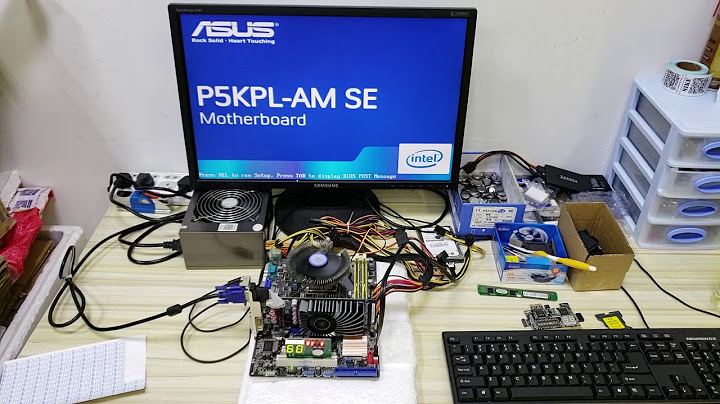View the manual for the Futaba 8J here, for free. This manual comes under the category radio controlled toys and has been rated by 5 people with an average of a 8.5. This manual is available in the following languages: English. Do you have a question about the Futaba 8J or do you need help? Show Can't find the answer to your question in the manual? You may find the answer to your question in the FAQs about the Futaba 8J below. A battery in my radio controlled toy has started to corrode. Is the device still safe to use?The product can still be used safely after proper cleaning. Remove the battery with gloves and clean the battery compartment with a toothbrush and vinegar. After drying, new batteries can be inserted into the device.  8J-2.4G 8-CHANNEL RADIO CONTROL SYSTEM INSTRUCTION MANUAL Technical updates and additional programming examples available at: http://www.futaba-rc.com/faq Entire Contents © 2012 1M23N26602  Related Manuals for FUTABA T8J-2.4GSummary of Contents for FUTABA T8J-2.4G
|

กระทู้ที่เกี่ยวข้อง
การโฆษณา
ข่าวล่าสุด
ผู้มีส่วนร่วม
การโฆษณา
ผู้มีอำนาจ
การโฆษณา
ถูกกฎหมาย
ช่วย

ลิขสิทธิ์ © 2024 th.frojeostern Inc.




























